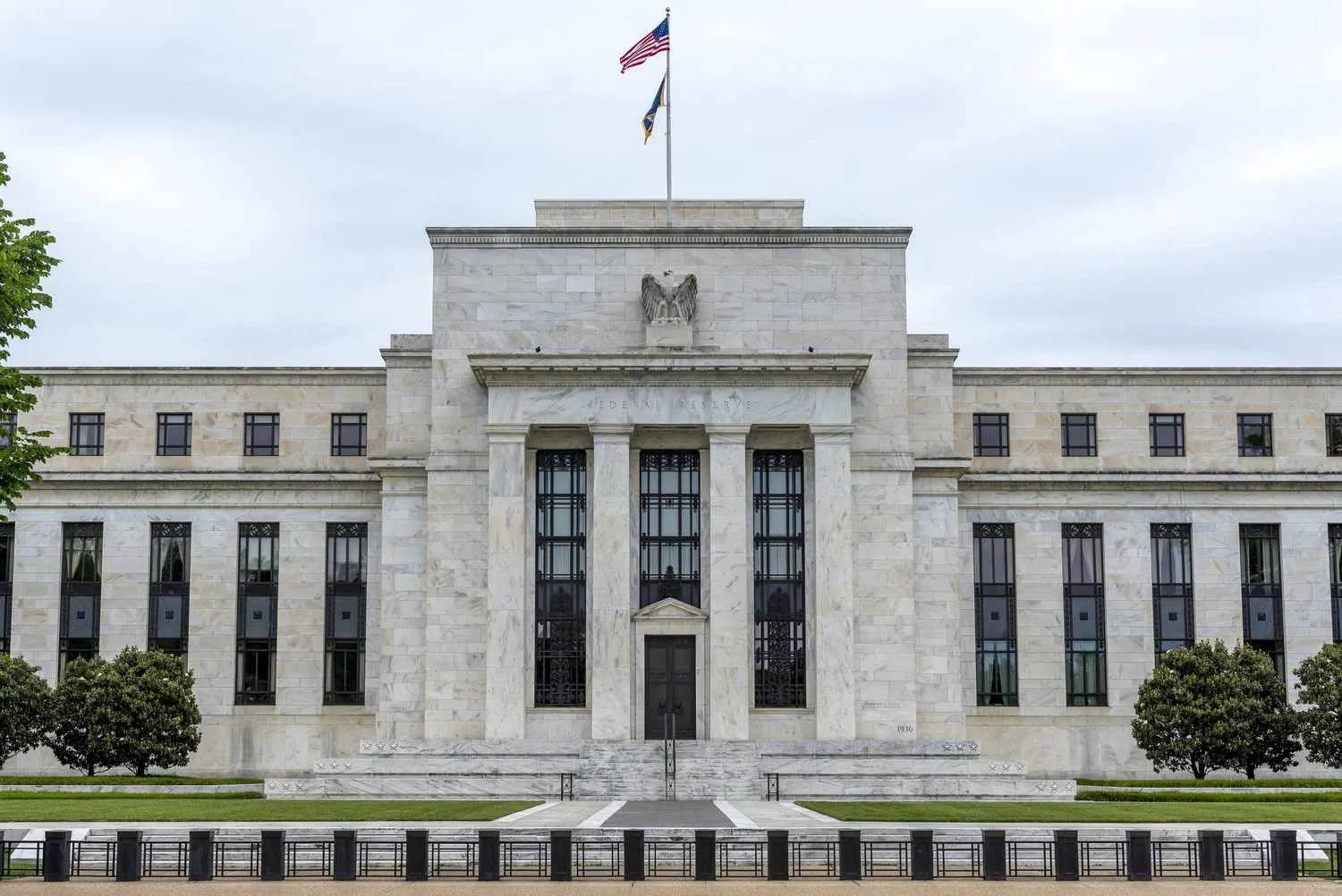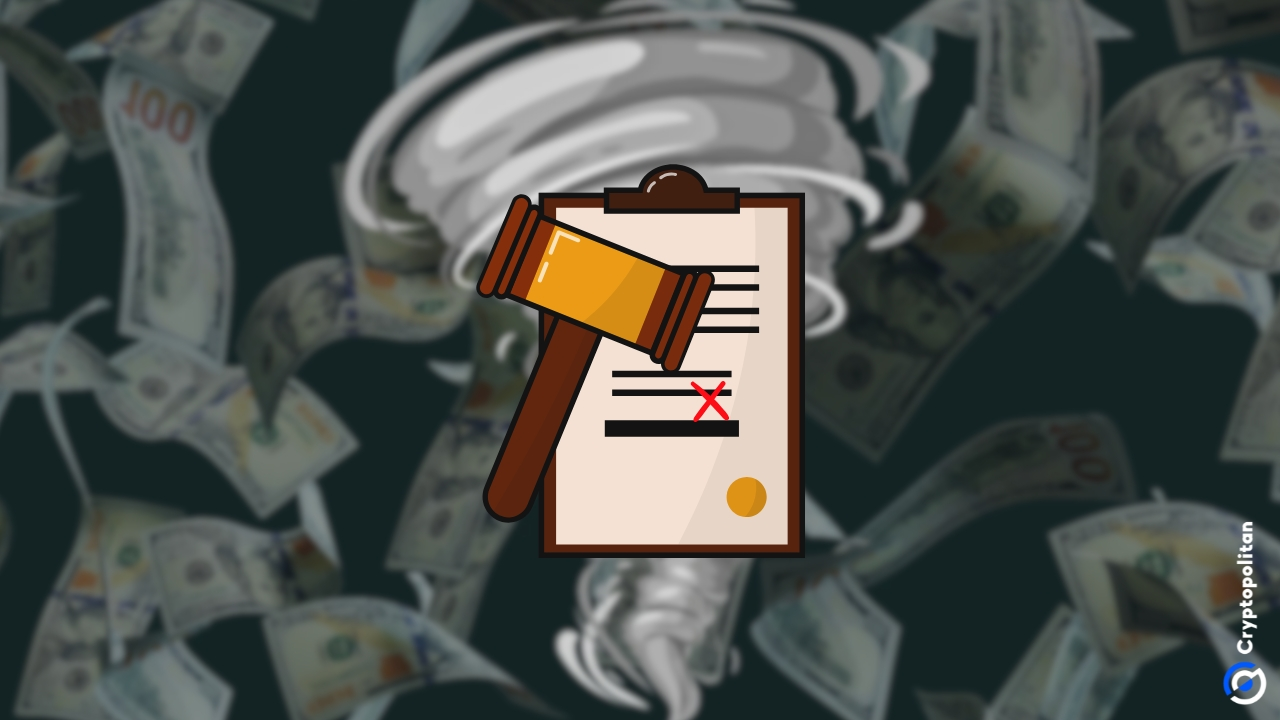The President of St. Louis’ Federal Reserve Bank, Alberto Musalem, shared some optimism on Thursday regarding a new report that shows a decrease in consumer inflation pressures.
Musalem said that the June Consumer Price Index (CPI) report indicates major progress towards lowering inflation. However, he avoided giving a specific timeline for when the central bank might reduce its interest rate target. Musalem stated:
“The June Consumer Price Index points to encouraging further progress toward lower inflation.”
This progress comes as consumers are showing more resistance to higher prices, which is a positive sign in the effort to bring inflation back down to 2%. Musalem explained that the current monetary policy is restrictive, but not excessively.

He supported the decision to keep interest rates steady during the last policy meeting. According to him, the current level of the federal funds rate is appropriate, allowing central bankers to balance the risks of cutting rates too soon or too late, which could harm the strong job market.
“I supported the statement that says it will not be appropriate to lower interest rates until the Committee gains greater confidence that inflation will converge to 2%.”
Musalem added that he would like to see a moderation in demand and data indicating that inflation could reach the target by the middle or end of next year. He reassured, “we’re on a good path.”
The CPI report released yesterday showed a drop in inflation, falling to 3%, down from a 3.3% rise in May. The CPI data has strengthened the belief that the Fed might be able to reduce short-term borrowing costs before the end of the year.
Market participants are looking at the fall as a starting point for cuts in the current federal funds target rate range of 5.25% to 5.5%.

Fed officials have consistently stressed that gaining confidence in a sustainable reduction in inflation is a precondition for cutting rates.
On Wednesday, Fed Chair Jerome Powell reiterated this point before the Senate, saying, “I’m not sending any signals on any particular date of any meeting whatsoever” regarding future interest rate policies.
Musalem has explained that finding the right conditions for a rate cut “could take months, and more likely quarters to play out.” Meanwhile, to the Senate, Powell added that:
“We’re not just an inflation-targeting central bank. We also have an employment mandate. And we have made considerable progress in controlling an inflation rate that is at its highest point in 40 years.”
Easing off from the economic trauma given by the pandemic, supply issues caused inflation to soar globally, peaking at 9.1% in the U.S. Between 2022 and 2023, the Fed raised its benchmark rate 11 times, successfully bringing inflation down to 3.3%.





